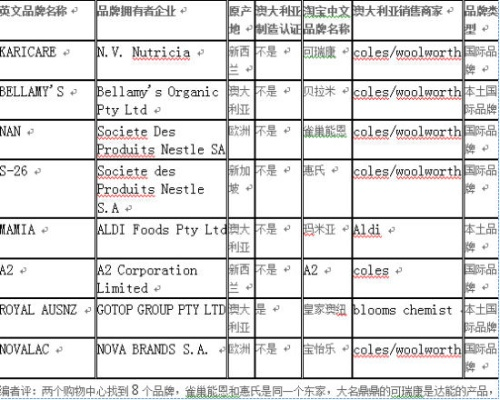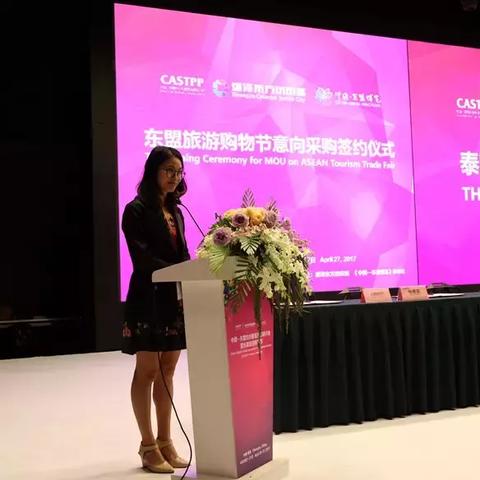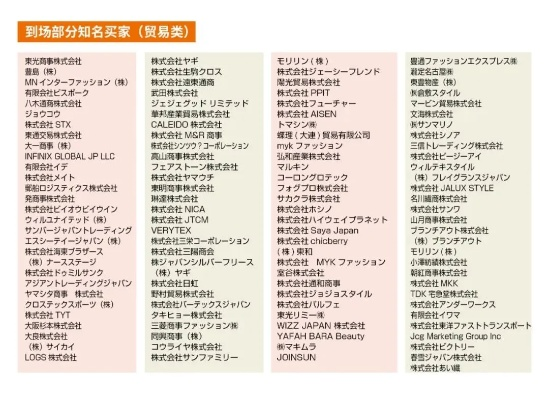Mastering Textiles:An Exploration of Traditional and Modern Design
In this study, we explore the intersection of traditional and modern textile design. We examine how these two distinct styles have evolved over time and how they intersect in contemporary practice. Traditional textile design often emphasizes natural materials, intricate patterns, and a sense of cultural heritage, while modern design is characterized by its emphasis on functionality, minimalist aesthetics, and innovative techniques. By analyzing examples from both historical and contemporary sources, we seek to understand how these different approaches can inform one another and create new designs that are both visually appealing and functional. This exploration highlights the importance of understanding these contrasting styles and their potential to inform future textile designs.
Introduction: In the realm of textiles, the art of designing intricate patterns and motifs has a rich history that is still celebrated today. As we delve into the world of textile design, it’s essential to understand the various techniques used by master designers, as well as the impact these designs have on both the industry and the consumer. In this article, we will explore the significance of textile design, the different styles and techniques used to create them, as well as some fascinating case studies illustrating the work of renowned designers.
The Significance of Textile Design: Textile design plays a crucial role in creating products that are not only functional but also visually appealing and emotionally engaging. By incorporating themes, symbols, and colors that resonate with our culture and personal beliefs, designers can create pieces that are more than just clothing—they become works of art. Furthermore, the use of texture, pattern, and color play a significant role in creating an atmosphere or conveying a message, making textiles an integral part of our everyday lives.
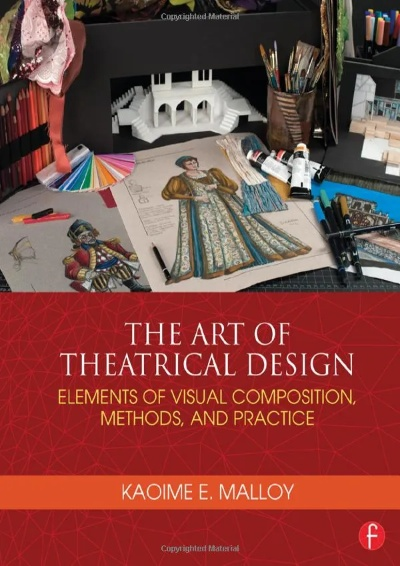
Traditional vs Modern Design Techniques: Traditional textile design techniques have been passed down through generations, with each style reflecting the cultural and social context of its time. These traditional methods include block printing, embroidery, and tie-dyeing. Each technique brings its own unique aesthetic to the table, from the bold and vibrant colors of traditional Indian embroidery to the geometric and abstract patterns of contemporary African fabrics.
Conversely, modern textile design incorporates cutting-edge technology and innovative materials. This approach allows for greater creativity and experimentation, allowing designers to push boundaries and create something truly unique. From using recycled materials to creating biodegradable threads, modern techniques are pushing the envelope of what is possible in textile design.
Case Studies: To give an idea of the diversity of textile designs, let's take a look at two examples from different eras.
Case Study 1: The Artisanal Approach of Jaipuri Textiles Jaipuri textiles, known for their intricate designs and rich colors, are an example of traditional textile design. These designs often depict religious stories, mythological characters, or scenes from ancient tales. The artisanal process involves hand-knotting and embroidering the fabric with thread in a specific pattern. The resulting product is a beautiful piece of wearable art that tells a story. For instance, one could look at the intricate patterns on a saree made by a skilled Jaipuri weaver, which would showcase the artistry involved in creating such designs.
Case Study 2: The Innovation of Textile Designers like Kavita Sawhney and Nicolai Grunewald In contrast, modern textile design is driven by creativity and innovation. Take Kavita Sawhney, a designer who uses digital printing techniques to create her designs. Her work is characterized by its use of bold colors and geometric shapes, showcasing the potential of digital media in textile design. Another example is the work of Nicolai Grunewald, a Norwegian textile designer who uses recycled materials to create sustainable textiles. His designs incorporate industrial elements into fashion, demonstrating that textile design is not just about beauty but also about sustainability and environmental consciousness.
Conclusion: From traditional techniques to innovative modern designs, textiles continue to be a powerful medium for expression. As we celebrate the art form, let us appreciate the skill and creativity that goes into every single thread of a garment. Whether it’s the intricate patterns of a traditional Jaipuri saree or the bold colors and geometric shapes of modern digital prints, textile design has the power to inspire and touch our hearts. So, when you see a piece of clothing, remember that there is a story behind each design, a story that is woven together by the hands of skilled artisans and innovative designers alike.

在繁忙的纺织品纹样世界中,有一位技艺高超的大师,他就是我们今天要探讨的主题——纺织品纹样大师,他不仅拥有丰富的设计经验,还以其独特的创新和精湛的手艺赢得了业界的赞誉,下面,我们将通过一系列的英文案例说明来深入探讨这位大师的魅力。
大师的背景与成就
纺织品纹样大师以其深厚的艺术造诣和卓越的设计能力,在纺织品纹样领域中独树一帜,他不仅具备丰富的设计经验,还精通各种纹样设计技巧和材料运用,他的作品风格独特,融合了传统与现代元素,为纺织品纹样注入了新的生命力和创意。
案例分析
传统纹样在现代设计中的应用
近年来,纺织品纹样大师在传统纹样设计中融入了现代元素,使其更加符合现代审美需求,他运用现代设计手法和材料,将传统纹样与现代流行元素相结合,创作出了一系列独具特色的纺织品纹样作品,这些作品不仅展示了传统纹样的魅力,还体现了现代设计的时尚感和个性化。
创新纹样设计技巧的运用
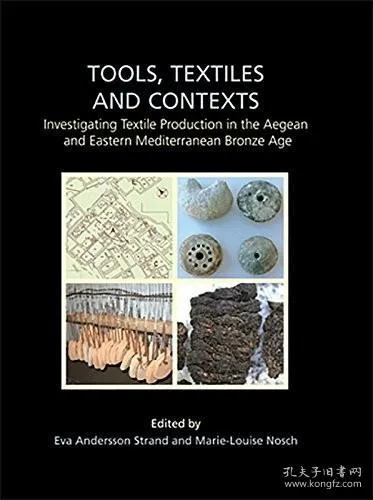
在纺织品纹样设计中,大师运用了一系列创新纹样设计技巧,他善于运用抽象图案、几何图形等元素,创造出新颖独特的纹样图案,他还注重纹样的层次感和立体感,使得纹样作品更加生动逼真,这些创新纹样设计技巧的运用,使得大师的作品在市场上受到了广大消费者的喜爱和追捧。
大师的技艺与经验
大师的技艺与经验主要体现在以下几个方面:
- 深厚的艺术造诣:大师具备丰富的艺术造诣和深厚的艺术底蕴,能够根据不同的设计需求和客户要求,创作出独具特色的纺织品纹样作品。
- 精湛的设计技巧:大师精通各种纹样设计技巧和材料运用,能够根据不同的设计主题和客户要求,运用不同的纹样设计技巧和材料,创作出高质量的纺织品纹样作品。
- 丰富的实践经验:大师在多年的设计实践中积累了丰富的经验,能够根据不同的市场和客户需求,灵活运用不同的设计手法和材料,创作出符合市场需求的产品。
行业应用与展望
纺织品纹样大师的作品在行业中得到了广泛的应用和认可,他的作品不仅受到了消费者的喜爱和追捧,还得到了业界的高度评价,随着人们对纺织品纹样的需求不断增长,纺织品纹样大师的作品将会更加受到市场的青睐和认可。
纺织品纹样大师以其深厚的艺术造诣、精湛的设计技巧和丰富的实践经验,成为了纺织品纹样领域中的佼佼者,他的作品不仅展示了传统纹样的魅力,还体现了现代设计的时尚感和个性化,随着人们对纺织品纹样的需求不断增长,纺织品纹样大师的作品将会更加受到市场的青睐和认可,我们也期待更多的艺术家能够像这位大师一样,不断探索和创新,为纺织品纹样领域注入更多的活力和创意。
Articles related to the knowledge points of this article:
The Cost of Living with Formaldehyde in Textile Fabrics
The Evolution of Roland Ai Textiles
Crafting Your Personalized Fabrics:A Guide to Simple DIY Textile Projects
